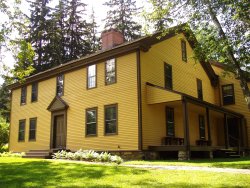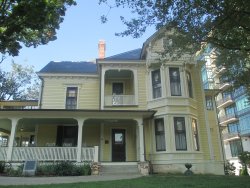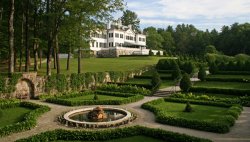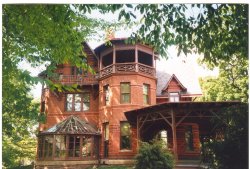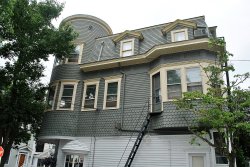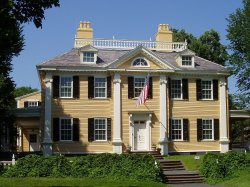Herman Melville’s Arrowhead
Built in 1783, the Arrowhead was the home of Herman Melville for thirteen years. The works Melville wrote at Arrowhead included Moby-Dick, Pierre, The Confidence-Man, Israel Potter, The Piazza Tales, and such short stories as “I and My Chimney,” “Benito Cereno,” “Bartleby the Scrivener,” and “The Paradise of Bachelors and the Tartarus of Maids. The restored farmhouse is open for daily tours.
